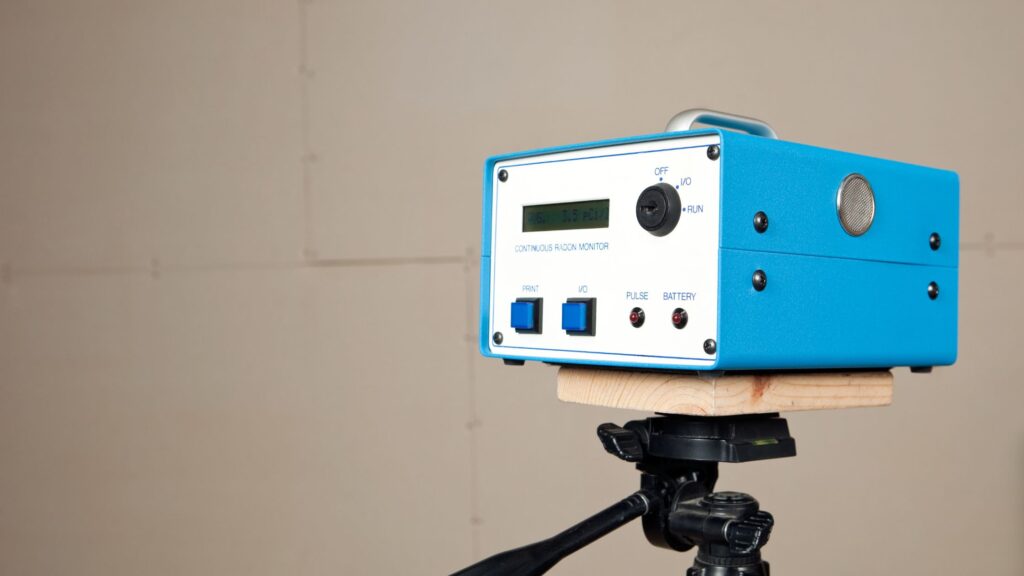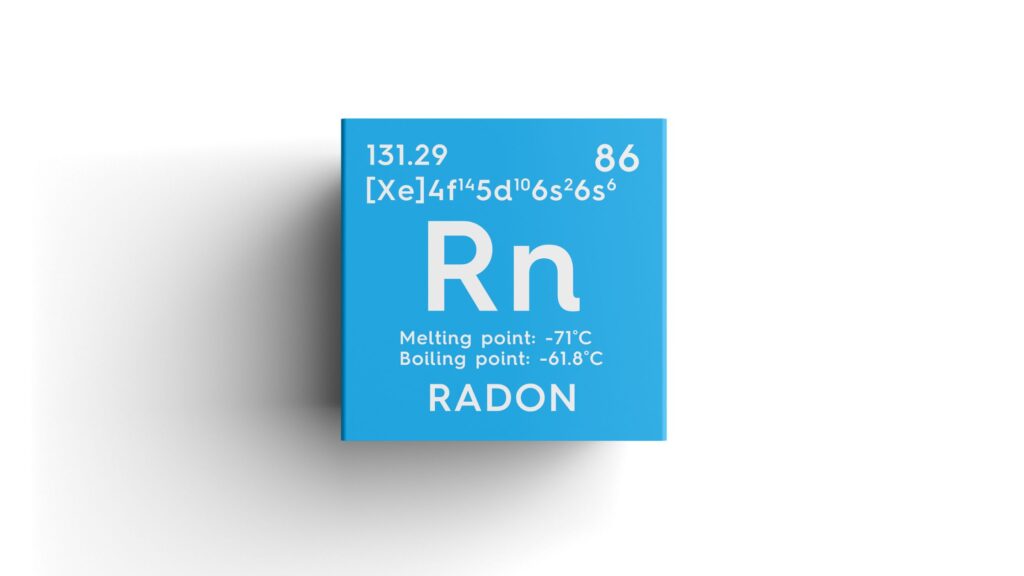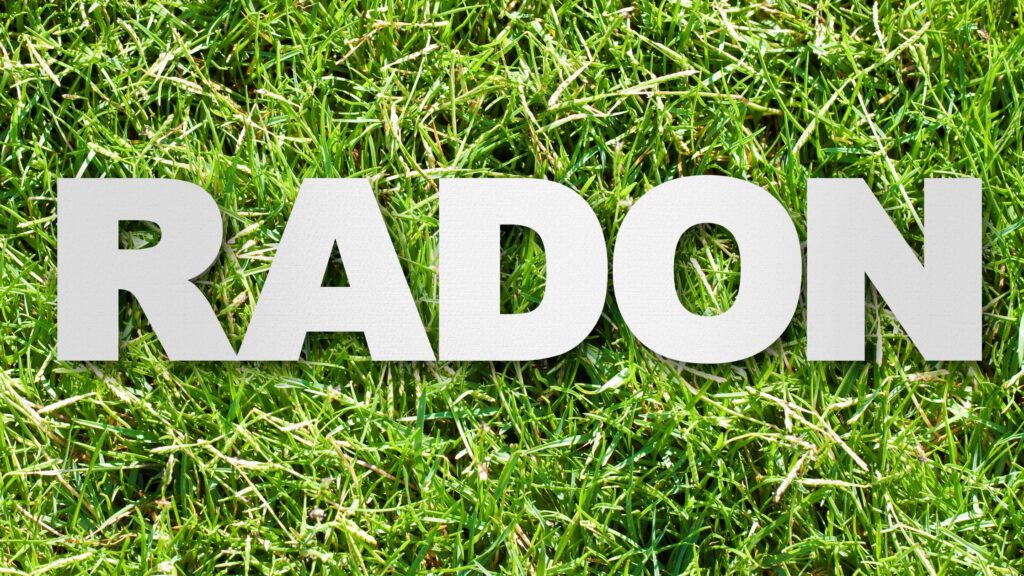Radon gas is a hidden danger that you can’t see, smell, or taste. It can enter your home without warning and put your family’s health at risk. Long-term exposure to radon is one of the leading causes of lung cancer, making it important to take action as soon as possible. In this article, we’ll break down the Cost of Radon Mitigation System, guide you through the process, and explain why hiring professionals is the smartest choice for protecting your home.
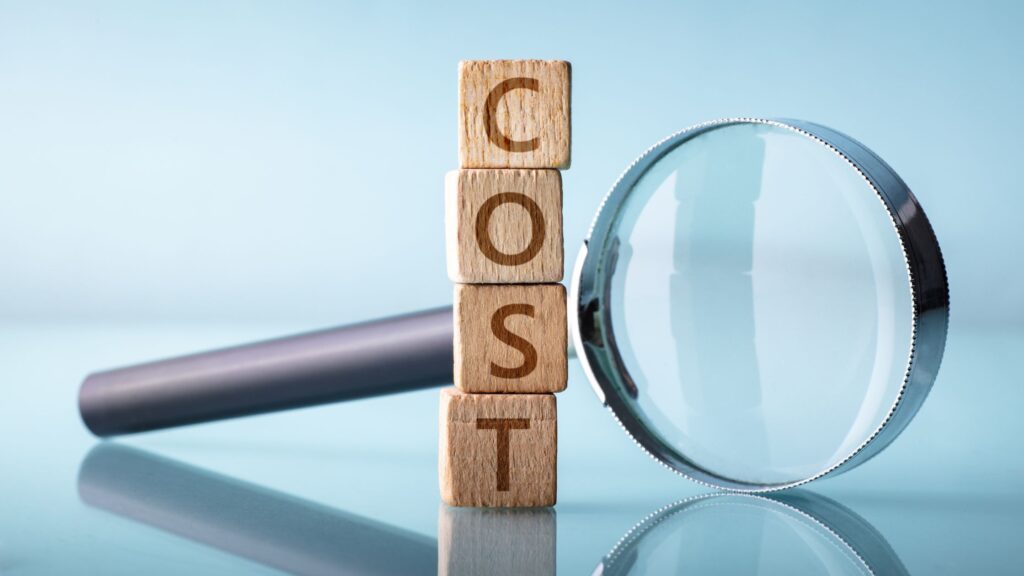
Table of Contents
- Why Radon Mitigation Is Essential
- What a Radon Mitigation System Involves
- Common Types of Mitigation Approaches
- The Value of Professional Installation
- Ongoing Maintenance and Monitoring
- Choosing the Right Provider
- Conclusion
1. Why Radon Mitigation Is Essential
Understanding the Cost of Radon Mitigation System starts with knowing why radon mitigation is so important. Radon is a naturally occurring gas that forms from the breakdown of uranium in soil and rock. It can easily enter your home through small cracks in the foundation, walls, or floors. What makes it dangerous is that you can’t see, smell, or taste it—but long-term exposure can lead to serious health issues. In fact, radon is the second leading cause of lung cancer after smoking.
Children, seniors, and people with existing health conditions are especially vulnerable. Since radon can only be detected through proper testing, reducing its levels should be a top priority. Installing a radon mitigation system isn’t just an expense—it’s an investment in safeguarding your home, your health, and your overall peace of mind. Learn more about radon mitigation.
2. What a Radon Mitigation System Involves
When you consider the cost of a Radon Mitigation System, you’re paying for much more than just equipment—you’re investing in a complete solution designed to keep your home safe. A professional radon mitigation system usually includes several key steps:
- Radon Testing – Experts use certified equipment to accurately check radon levels in your home.
- System Installation – Most systems use a method called active soil depressurization. This involves a vent pipe and fan that pulls radon from beneath your home and releases it safely outside.
- Sealing Cracks and Gaps – Professionals seal foundation cracks and other openings to help the system work more efficiently.
- Improved Ventilation – In some homes, extra features like crawl space vents or air exchangers may be added to improve airflow and reduce radon.
- Post-Installation Testing and Monitoring – After the system is installed, follow-up tests make sure radon levels stay low and safe over time.
Each of these steps plays a role in ensuring your system works effectively and offers long-term protection for your home and family.
3. Common Types of Mitigation Approaches
There isn’t a one-size-fits-all approach when it comes to radon removal. Different homes need different solutions. Here are the most common types of systems based on your home’s structure:
- Active Soil Depressurization (ASD) –
This is the most common and effective method. It uses a vent pipe and fan to pull radon from beneath the concrete slab and safely release it outside.
- Passive Systems –
Often installed during new home construction, these systems rely on natural airflow. If radon levels remain high, a fan can be added later to improve performance.
- Crawl Space Solutions –
In homes with crawl spaces, a plastic membrane is placed over the soil, and a venting system is installed underneath to remove radon before it enters the home.
- Sump Pump Integration –
If your home has a sump pump, the mitigation system can be connected to it, using the existing structure to help vent radon safely outdoors.
Each of these solutions helps reduce radon levels effectively, but your home’s layout will determine which method is best—and that plays a big part in the Cost of Radon Mitigation System.
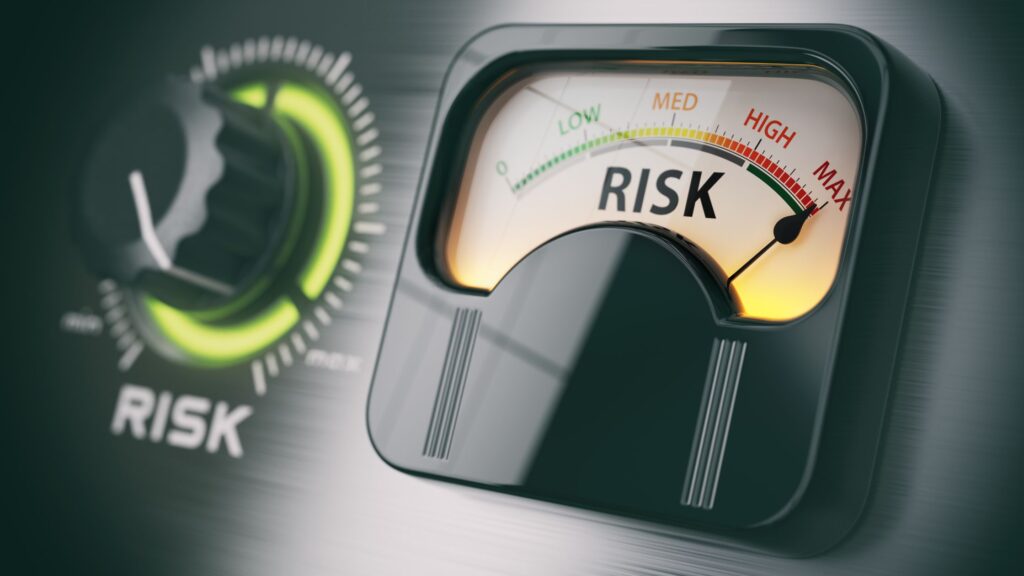
4. The Value of Professional Installation
Choosing a professional installer is a smart move when considering the Cost of Radon Mitigation System. Certified experts know how to properly assess your home’s layout, soil type, and radon levels to design the most effective system for your needs.
These professionals follow strict industry standards and hold certifications such as NRPP or NRSB, ensuring the work meets safety and quality guidelines. They also provide clear communication, offer warranties, and perform follow-up testing to make sure your home stays protected.
5. Ongoing Maintenance and Monitoring
The Cost of Radon Mitigation System goes beyond just the initial setup—it also includes long-term protection for your home. Regular maintenance is the key. This can include checking the fan, inspecting the system, and retesting radon levels to make sure everything is working as it should.
Many systems also come with monitoring devices that track radon levels over time. These tools can alert you if there’s a sudden change, so you can take action quickly.
Keep in mind that factors like seasonal weather changes, home renovations, or foundation shifts can affect radon levels. That’s why it’s a good idea to retest your home every two years—or after any major changes to your property.
6. Choosing the Right Provider
Selecting the right company is as important as the system itself. Consider these key factors:
- Certifications & Licensing: Choose companies with recognized credentials (NRPP/NRSB).
- Reputation & Reviews: Look for businesses with solid feedback and reliable service stories.
- Customized Solutions: Avoid one-size-fits-all; professionals should tailor the system to your home’s unique needs.
- Transparency & Aftercare: Expect clear proposals, follow-up testing, and ongoing support.
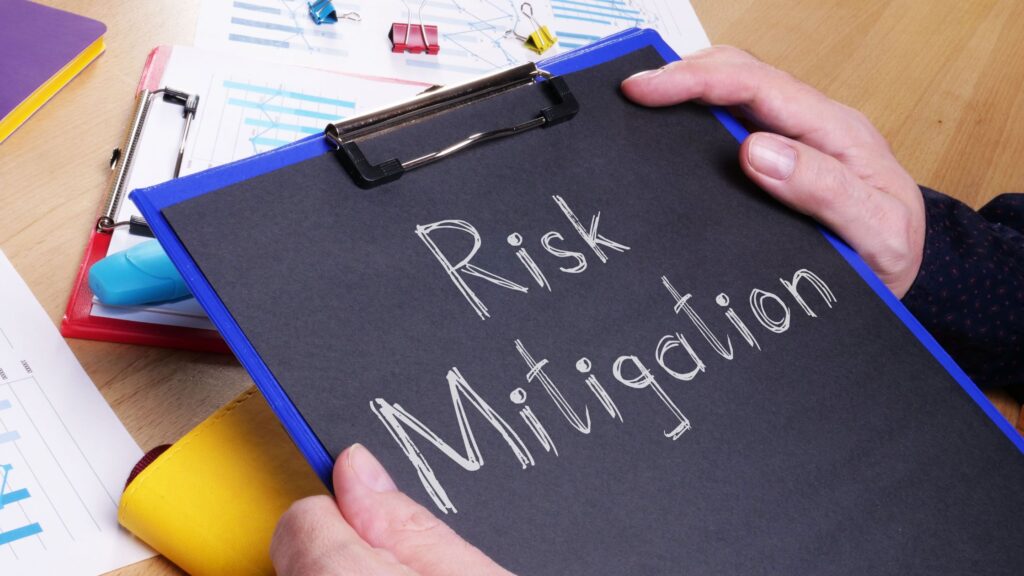
7. Conclusion
Every homeowner needs to think about the Cost of Radon Mitigation System as more than just an expense—it’s a crucial step toward reducing health risks, ensuring long-term safety, and maintaining your property’s value. Installing a professional radon mitigation system safeguards your family’s health, improves your living environment, and provides lasting peace of mind.
For reliable, expert radon solutions customized to your home, trust the professionals at DSM Radon

